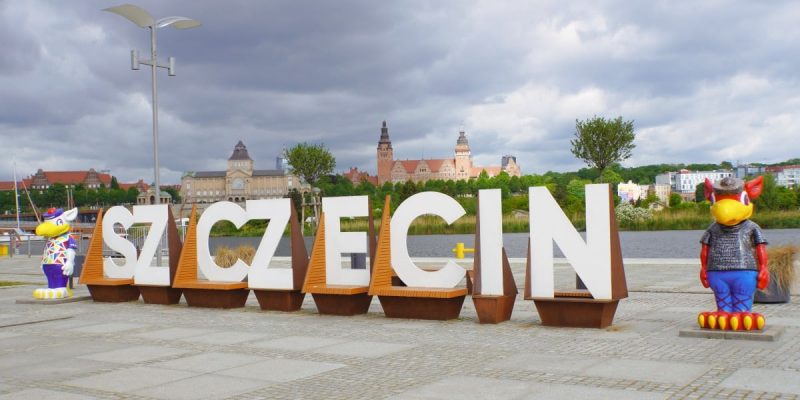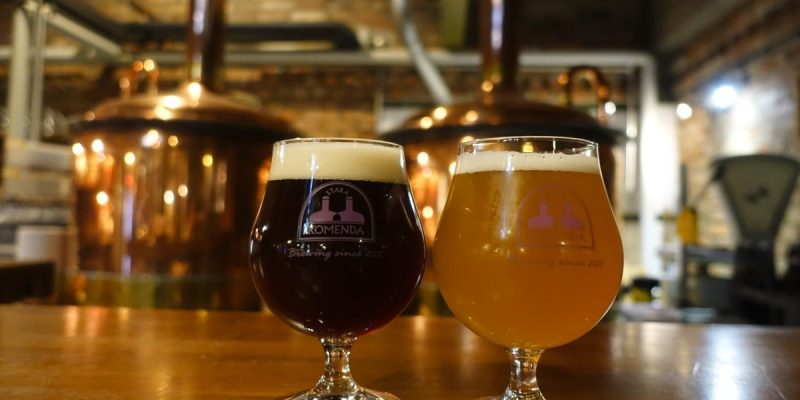One of the most beautiful and largest parks in Szczecin, Kasprowicz Park, is located just outside the Old Town area. A walk took us to the “Spinach Palace of Szczecin”.
Continue Reading about Through the green oasis to the “Spinach Palace”

One of the most beautiful and largest parks in Szczecin, Kasprowicz Park, is located just outside the Old Town area. A walk took us to the “Spinach Palace of Szczecin”.
Continue Reading about Through the green oasis to the “Spinach Palace”

Szczecin is an interesting and exciting city that cannot be fully discovered in one weekend. If you like to take a look at the city, you should visit the lookout points in Szczecin.

5 Szczecin breweries we visited and drank very good beer and also ate well. Some of the breweries are so close to each other that you only have to walk a few 100 meters until you can drink the next beer.
Continue Reading about Szczecin beer tour – 5 Szczecin breweries

Under the main railway station in Szczecin is the largest civilian bunker in Poland. You can visit it on a bunker tour in Szczecin and immerse yourself in an almost forgotten time.
Continue Reading about Bunker tour under the Szczecin Central Station

More than 300,000 graves on more than 160 hectares, countless paths, monuments, gravestones and places of silence await you when you visit the Szczecin Main Cemetery.

Few buildings in Szczecin stand out as much for their architecture as the Mieczysław Karłowicz Philharmonic. The amazing building has been in the city since 2014 and guided tours of the building are offered at certain times.